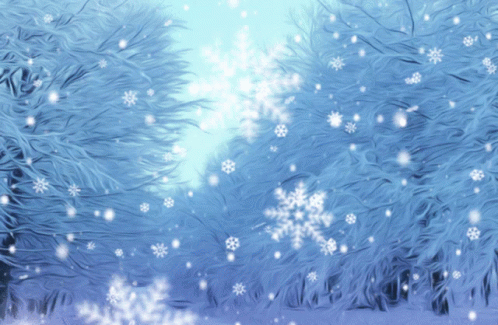The Science of Snow

Varrock Street Journal – Weekly Science Feature
Happy Post New Years Everyone!,
Today the Varrock Street Journal wants to take it a bit easier since it is now post-busy holiday season and give you all a fun fresh treat. Now with winter in full swing, let’s take a moment to marvel at one of nature’s most beautiful phenomena: snow. From its delicate structure to the processes that create it, snow is a blend of art and science.
How Is Snow Made?
Snow begins high in the atmosphere, where temperatures drop below freezing. Water vapor condenses into tiny ice crystals around microscopic particles like dust or pollen, forming the intricate shapes of snowflakes. As these crystals collide and merge, they create snowflakes, which grow larger as they fall through moist air.
The Unique Beauty of Snowflakes
No two snowflakes are exactly alike, thanks to the countless environmental factors influencing their development. Temperature, humidity, and the journey of the snowflake through the atmosphere all shape its final form. The symmetrical, six-sided structure of snowflakes results from the molecular structure of ice.

Why This Matters
Snow is more than just a winter wonder; it plays a critical role in Earth’s ecosystems. Snowpack acts as a natural reservoir, storing water for plants and animals as it slowly melts in the spring. Understanding snow formation also helps meteorologists predict winter weather patterns, aiding in everything from agriculture to transportation.

Reflection Questions:
- How does snow’s formation reflect the delicate balance of atmospheric conditions?
- What role does snow play in supporting ecosystems and human activity?
- Why do you think snowflakes captivate scientists and artists alike?
Want to read more about how snow is made? Check out these sources here for more information!
- National Oceanic and Atmospheric Administration (NOAA): Explains how snowflakes form and the science behind snow.
- SciJinks (NOAA and NASA): Provides an educational overview of snowflake formation and why each snowflake is unique.
- Cornell Center for Materials Research: Offers a detailed explanation of the science behind snowflakes, including their formation and structure.
- Bureau of Meteorology: Discusses how snowflakes are formed and why they are unique, along with the role of temperature and moisture.

We hope you will join us again next week for our weekly science discussion and continue on this journey of education and learning with us! Don’t forget to subscribe and share.
